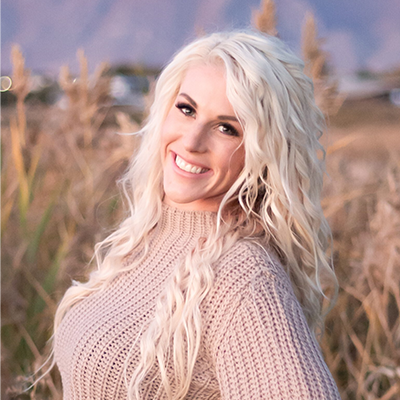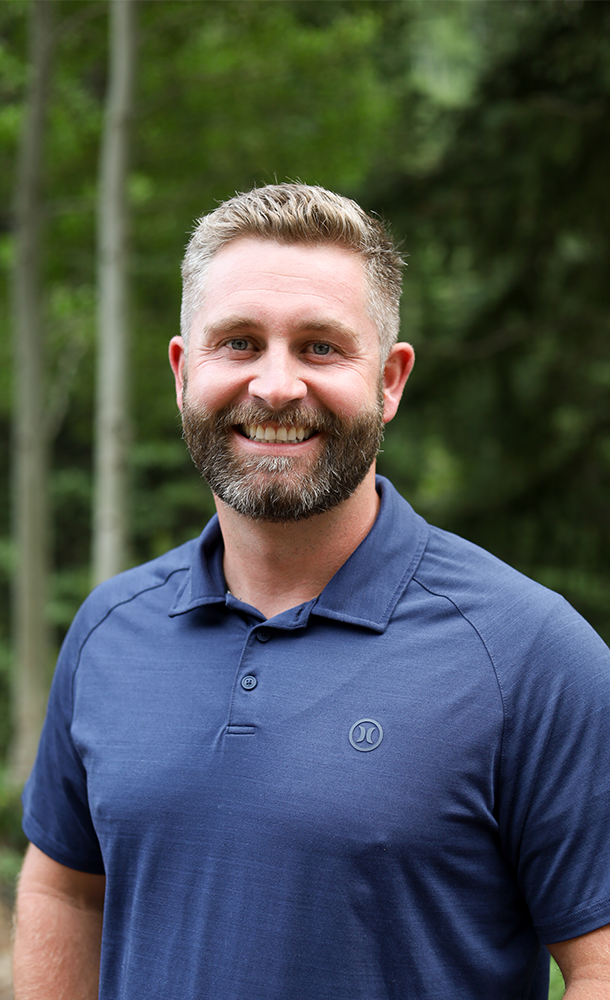Your coverage level refers to the percentage of your local average precipitation that your PRF policy insures. Coverage levels can range from 70-90% of the average precipitation within the grids that you’ve placed coverage. These levels determine when your PRF insurance policy will trigger indemnities.
For example, if your coverage level is the maximum of 90% of average precipitation then your policy will trigger indemnities whenever your insured intervals receive less than 90% of the average precipitation for your covered grid.
How Do You Choose a Coverage Level For a PRF Policy?
When choosing your coverage level, your agent can advise you on what would work best for your operation based on your available grids, budget, and risk tolerance. Generally, policies with coverage levels at or above 85% are most effective, as they provide more protection from precipitation volatility, and have a greater chance of your policy triggering indemnities. It’s more probable that your area would receive less than 90% of average precipitation than it would receive less than 70% of average precipitation.
Where do Subsidies Come In With PRF Insurance?
Because of the US Government’s commitment to our food chain, PRF insurance has been included in the Farm Bill since 1938. This means that the USDA has agreed to subsidize part of PRF Insurance premiums with the goal of keeping producers like you profitable in dry conditions. (read more about subsidies here)
It’s important to keep in mind that the various coverage levels associated with PRF insurance are subsidized differently. The 90% coverage level has a subsidy of 51%, where the producer is responsible for 49% of the total premium. The 80 & 85% coverage levels have a subsidy of 55%, where the producer is responsible for 45% of the total premium. Lastly, the 70% & 75% coverage levels have a subsidy rate of 59%, where the producer is responsible for only 41% of the total premium.

.jpeg)


.jpeg)
.webp)




